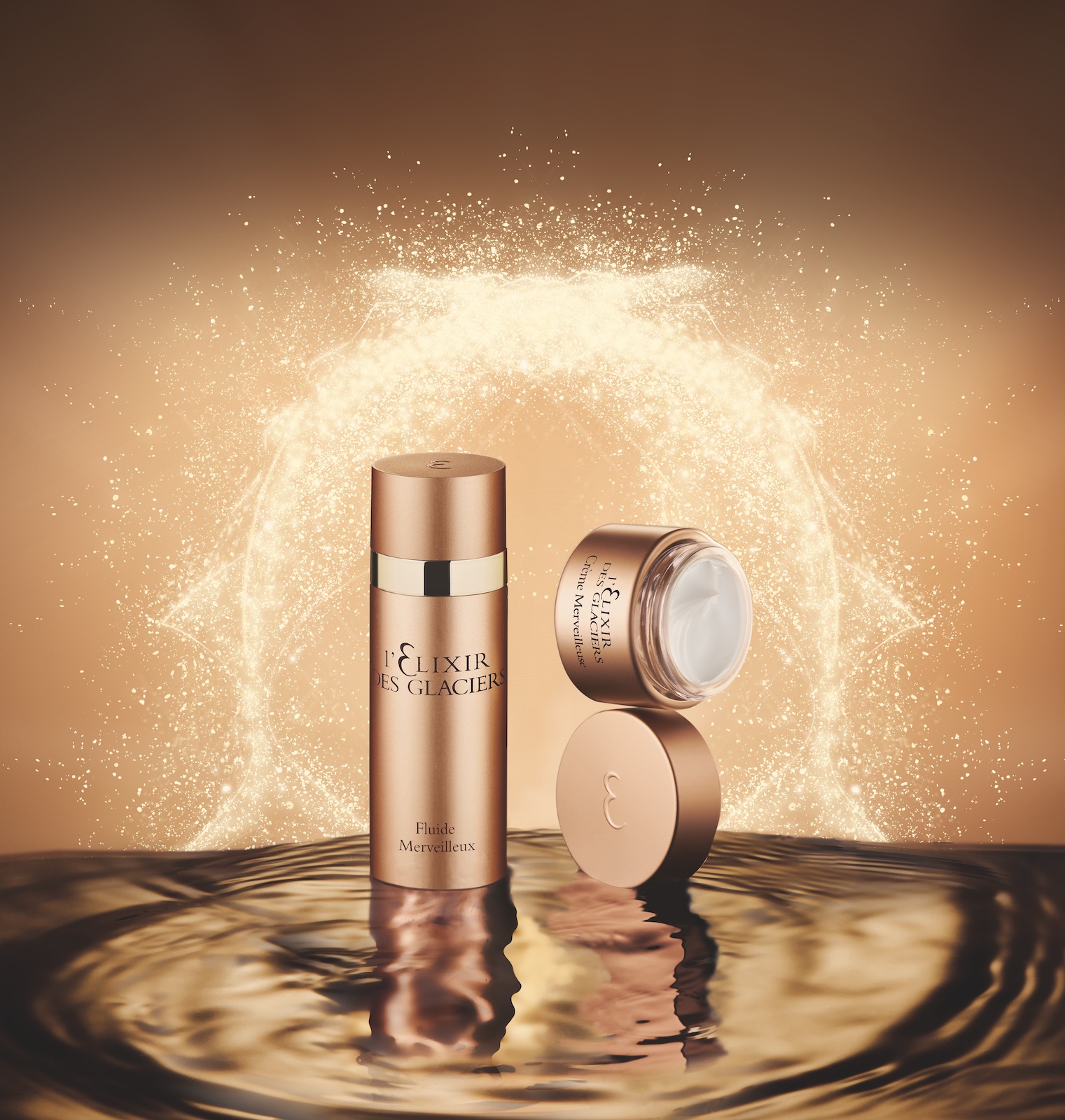Luxury Beauty Amidst the Pandemic
Social distancing, mask-wearing, and remote work—not to mention periodic closures of spas and salons—have all deeply impacted our beauty routines and preferences this past year.
Yet despite some challenges in the fragrance and cosmetics categories, McKinsey & Company has found that skin-care, hair-care, and personal-care products remain in high demand. In fact, the management consulting firm predicts that the global beauty market, with sales of $500 billion (U.S.) in 2019, will rebound.
In the luxury beauty space, the pandemic has presented challenges but also opportunities. “A lot of our fans have spent more time on skin care, because they have more time,” says Sophie Guillon, CEO of Valmont Cosmetics. “People are spending a lot of time at home, working from home, and doing something for themselves by taking care of their skin.”
It helps that throughout the pandemic, luxury beauty brands have been investing more in content, and connecting with customers in new and direct ways. Valmont, for example, started creating videos and offering consultations on IGTV and Instagram Stories for the first time last year, during the initial months of the pandemic. “We definitely developed the relationship, connection, and communication with our customers,” Guillon says, adding that Valmont team members across Europe collaborated on and participated in the filming and online events. Guillon herself recorded video consultations in her bathroom, sharing with viewers her personal skin-care routine and product-application tips.

Valmont’s L’Elixir des Glaciers range helped the Swiss brand double its e-commerce business.
And with some spas closed or operating with limited services due to social distancing measures, many consumers are not hesitating to order, and reorder, top-shelf skin-care products online for their at-home rituals—even when it comes to brand new launches they may not have seen or tested in person. According to Guillon, brisk online sales of products like Valmont’s Primary collection—launched early in the pandemic—and exclusive L’Elixir des Glaciers range helped the Swiss brand double its e-commerce business, even as bricks-and-mortar sales have been significantly impacted by store closures and stay-at-home orders.
For Canadian retailer Holt Renfrew, skin care continues to be a key beauty category as well. “Over the past year, skin care has become even more important as customers educate themselves about different products and ingredients. Clean options have seen huge growth,” says Christopher Novak, vice-president mens, beauty & grooming. “Our customers are keen to learn about how ‘clean science’ can now create products that are equally as, and sometimes even more, effective [than traditional products].” He adds that blue light protection has become an important draw, and shoppers are gravitating toward single-ingredient products. “I think [they] make it easier for customers to research and understand how products will work for their skin-care needs,” Novak says.
Within the beauty department, self-care and wellness-connected products have also proven popular, even if Novak does predict an eventual return to bolder makeup post-pandemic. “We know that our customers have been focused on incorporating wellness into their beauty routines—supplements, meditation, skin care, exercise—and they understand how it all works together,” Novak says. He adds that home fragrances, which can enhance living spaces, have gone from being an indulgence to an everyday staple. “[We’re] using candles and diffusers to transport us to exotic places, remind us of a nostalgic time, or just because,” Novak says.
Turns out, whether it’s via a regenerating cream or a scented reed diffuser, most of us still crave novelty and some indulgences in our pandemic-era beauty routines. Here’s to more pampering-as-self-care this year.




